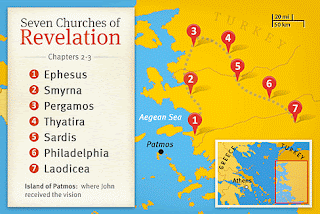The Good, the Bad & the Ugly about "Thoughts & Prayers"

Why do we pray for people who experience hardship? There's talk within our broader society about whether we should send "thoughts and prayers" out for those who experience tragedy or who face a crisis. Is there anything wrong with offering to pray? The reason for the backlash is that words frequently come across as empty. I've witnessed the tragedy of empty words. I've been with well-meaning Christians who visit the sick in the hospital or who try to comfort someone during a crisis. I'll most likely cringe if you utter these words, "If there's anything you need, let me know." Why do I react negatively? I have to qualify that there are a handful of people I know in the world who can say that and be totally genuine about it. But for everyone else, you don't understand the potential price of what you're offering. You may mean well. But too often it's a cliché which confuses being nice with making yourself look good: "Let...








